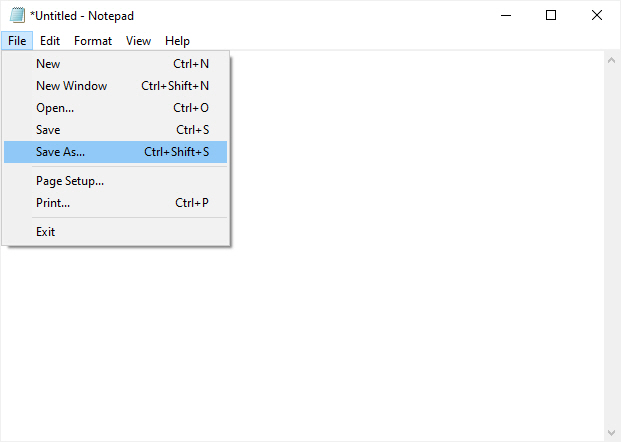
Let’s change the example of the previous section by using a block helper named studyStatus but with the same context variable: Handlebars. This options object has a fn() method that allows us to change the context of the object temporarily to access a certain property. When we register a custom block helper, Handlebars automatically adds an options object as the last parameter to the callback function.
Json helper js update#
However, we've provided a simple immutability helper, update (), that makes dealing with this type of data much easier, without fundamentally changing how your data is represented. The variables are written in double curly braces Dealing with immutable data in JavaScript is more difficult than in languages designed for it, like Clojure. In the first case, they appear inside the tag with a type="text/x-handlebars-template" attribute and an ID. Templates can be written both in the HTML file or separately. I hope that this short recap helps you in deciding if it’s worth using Handlebars or not.

Mustache is fully logic-less but Handlebars adds minimal logic thanks to the use of some helpers (such as if, with, unless, each and more) that we’ll discuss further in this article. It’s an extension of Mustache with a few additional features. The tab character ( U+0009), carriage return ( U+000D), line feed ( U+000A), and space ( U+0020) characters are the only valid whitespace characters.Handlebars is a logic-less templating engine that dynamically generates your HTML page. Insignificant whitespace may be present anywhere except within a JSONNumber (numbers must contain no whitespace) or JSONString (where it is interpreted as the corresponding character in the string, or would cause an error).

HEXDIG = DIGIT / %x41-46 / %圆1-66 0-9, A-F, or a-f Most PHP installations include handy JSON functions such as encodejson and decodejson, which allows developers to easily generate JSON data to pass through. String = quotation-mark *char quotation-mark Object = begin-object Īrray = begin-array end-array Value = false / null / true / object / array / number / string Valid JSON syntax is formally defined by the following grammar, expressed in ABNF, and copied from IETF JSON standard (RFC): JSON-text = object / arrayīegin-array = ws %x5B ws [ left square bracketīegin-object = ws %x7B ws right curly bracket For more information, see Object literal syntax vs. The same text may represent different values in JavaScript object literals vs.

For those who wish to use a more human-friendly configuration format based on JSON, there is JSON5, used by the Babel compiler, and the more commonly used YAML.

Other differences include allowing only double-quoted strings and no support for undefined or comments. Before the revision, U+2028 LINE SEPARATOR and U+2029 PARAGRAPH SEPARATOR are allowed in string literals and property keys in JSON but the same use in JavaScript string literals is a Synta圎rror. NaN and Infinity are unsupported.Īny JSON text is a valid JavaScript expression, but only after the JSON superset revision. A decimal point must be followed by at least one digit. Property names must be double-quoted strings trailing commas are forbidden. It is based upon JavaScript syntax, but is distinct from JavaScript: most of JavaScript is not JSON. JSON is a syntax for serializing objects, arrays, numbers, strings, booleans, and null.


 0 kommentar(er)
0 kommentar(er)
